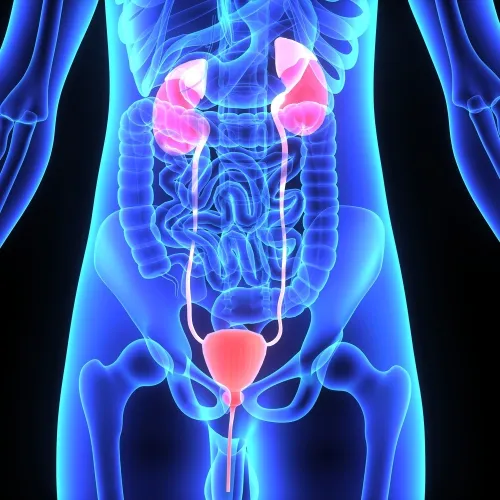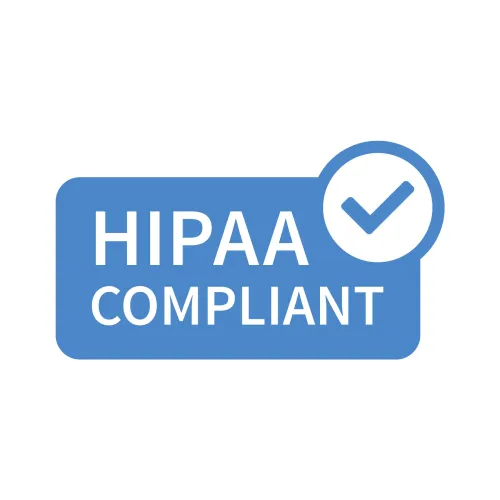Urology Coding Alert
Look for the Type of Obstruction for Hydronephrosis Diagnosis
When the urologist diagnoses hydronephrosis, it means something has happened to cause the patient’s kidney to swell because urine isn’t draining normally from the kidney to the bladder. A blockage or obstruction in the urinary tract causes the drainage problem.
Like many other ICD-10 diagnoses, hydronephrosis coding depends on the type of obstruction. Whereas ICD-9 gave you only one option (591, Hydronephrosis), ICD-10 currently includes four choices:
- N13.1 – Hydronephrosis with ureteral stricture, not elsewhere classified
- N13.2 – Hydronephrosis with renal and ureteral calculus obstruction
- N13.30 – Unspecified hydronephrosis
- N13.39 – Other hydronephrosis.
Remember: In the ICD-10 manual the word “and” in the definition of a diagnostic term means “and” or “or” so that diagnosis N13.2 above may indicate hydronephrosis secondary to a renal calculus or a ureteral calculus or both a renal and ureteral calculus causing the obstruction and hydronephrosis. Do not use diagnosis N13.30 above as most carriers (including Medicare) will not reimburse for “unspecified” diagnoses, as of Oct. 1, 2016.
Coding tip: Hydronephrosis most often affects only one kidney, but you might see cases that affect both. If the patient undergoes a procedure to correct hydronephrosis, be sure to denote the treated kidney by appending a modifier such as RT (Right side) or LT (Left side) to the procedure code.
Remember, modifiers RT and LT are known as “informational” modifiers. Including them on the claim will not affect your reimbursement, but they provide more detailed information about the procedure, according to AHIMA-Certified Instructor Ryan Price, CPC. Condition fact: The kidney can become so enlarged from urine that it begins to press on nearby organs. In addition, if the obstruction is not diagnosed and treated in a timely manner, the elevated intra-renal pressure can cause the kidney to permanently lose function.
Mild – or early – symptoms of hydronephrosis can include more frequent urination and an increased urge to urinate. More severe symptoms if the condition is left untreated can include nausea, vomiting, fever. pain in the abdomen or flank, pain when urinating, and incomplete voiding.
Related Articles
Urology Coding Alert
- Procedure Focus:
Keep This Nephrectomy Primer Handy for Your Next Round of Claims
The term “nephrectomy” refers to kidney removal. A nephrectomy might be partial or complete (a [...] - ICD-10:
Look for the Type of Obstruction for Hydronephrosis Diagnosis
When the urologist diagnoses hydronephrosis, it means something has happened to cause the patient’s kidney [...] - Procedure Focus:
'Test Yourself' Answers to Nephrectomy Scenarios
Now that you’ve studied the situations on page ___, here’s how you should report each [...] - You Be the Coder:
Getting Reimbursed for Botulinum Toxin A for Overactive Bladder: When and How?
Question: The urologist attempted to administer Botox to treat a Medicare patient’s overactive bladder. She did [...] - Reader Question:
You Need Multiple Codes for a Cystourethrogram Leading to a Meatoplasty
Question: This male patient had a voiding cystourethrogram revealing a distal meatal stricture. Sounds were used [...] - Reader Question:
Modifiers Won't Break the 57287and 57288 Edit Bundle
Question: Can we bill for removal of a transvaginal sling and a replacement of a transvaginal [...] - Reader Question:
Remember Modifier 22 for Multiple Renal Stones in Multiple Locations within a Single Kidney
Question: The urologist scheduled a procedure for a patient who had multiple stones. The stone in [...] - Reader Question:
Submit S0189 or J3490 for Testosterone Pellets
Question: We use testosterone pellets from a compounder. What is the correct billing code for pellets [...] - Reader Question:
Report 58999 for Excision of Granulation Tissue
Question: The doctor excised granulation tissue on the anterior lip of the cervix. Is there a [...] - Reader Question:
Don't Expect Separate Payment for C2625 in an Ambulatory Surgical Center, ASC
Question: Will Medicare reimburse for a ureteral stent when billed by an ASC? We’re reporting HCPCS [...] - Reader Question:
Here's Your Scoop on the 60-Day Overpayment Rule
Question: We’ve heard that CMS says we should return any overpayments to federal health programs within [...] - Reader Question:
Decide Between '95 and '97 Guidelines Case-by-Case
Question: Is it true that we can use either the 1995 or the 1997 documentation guidelines [...]




